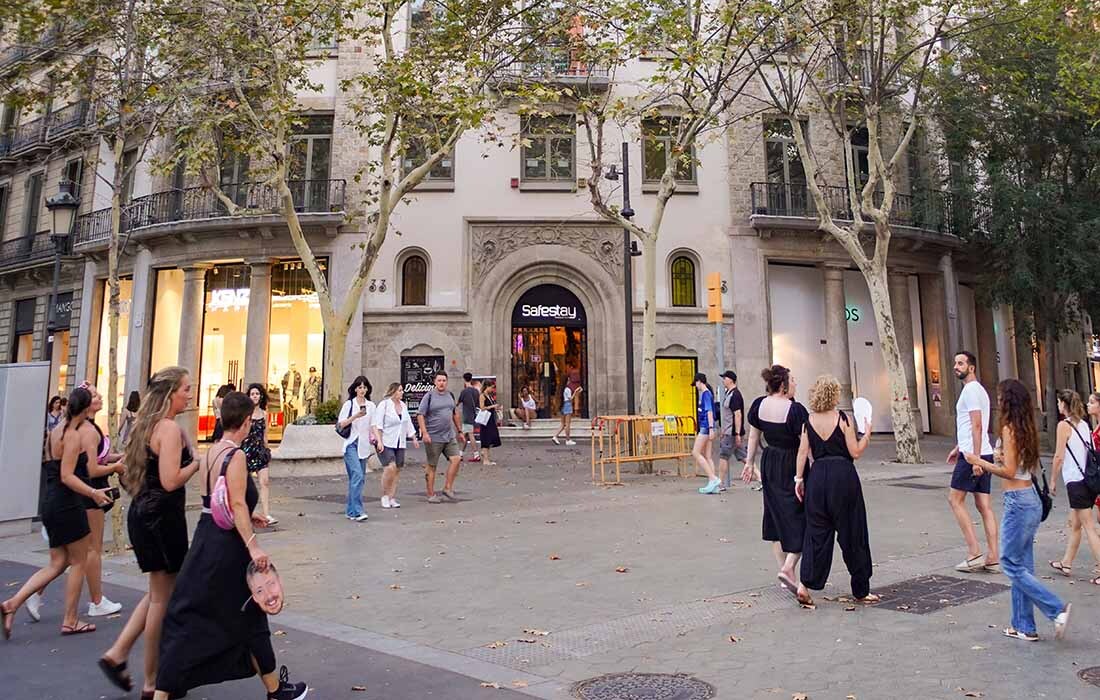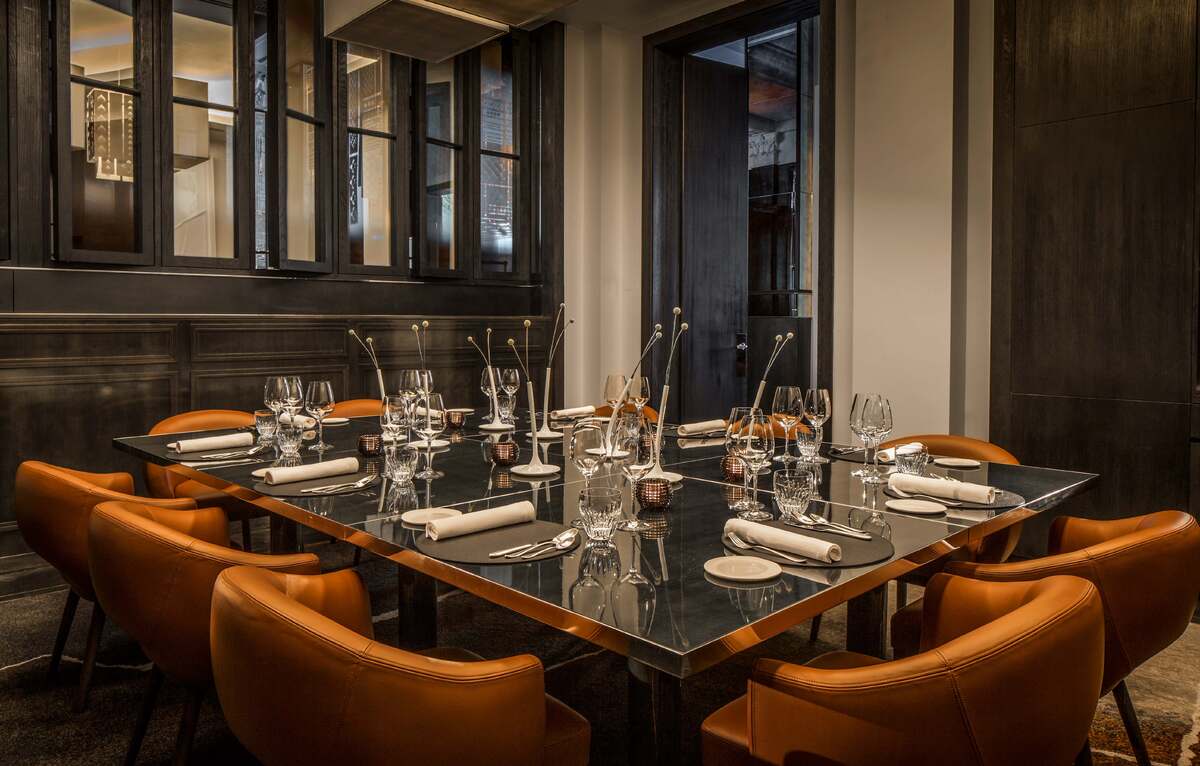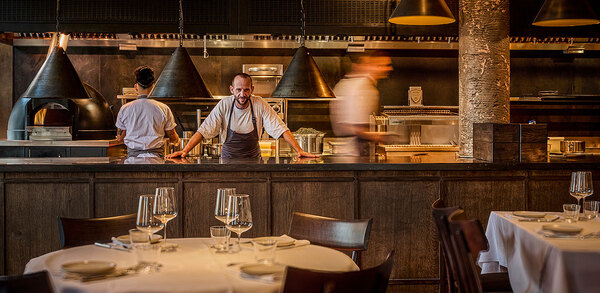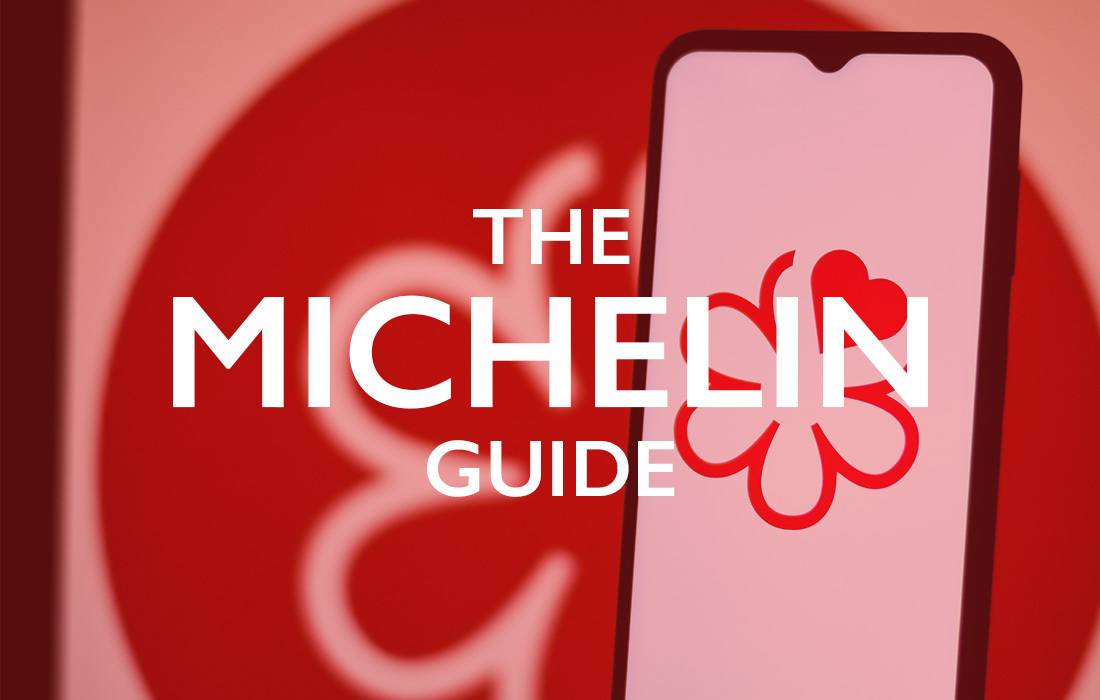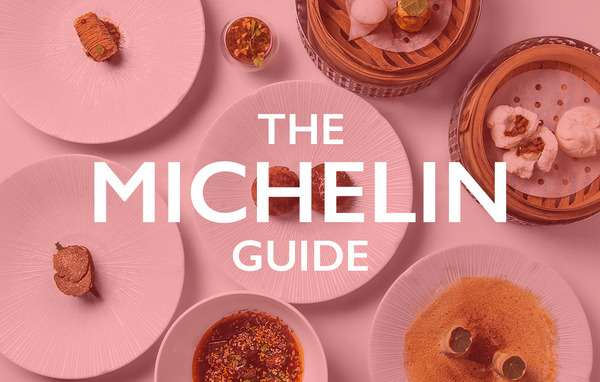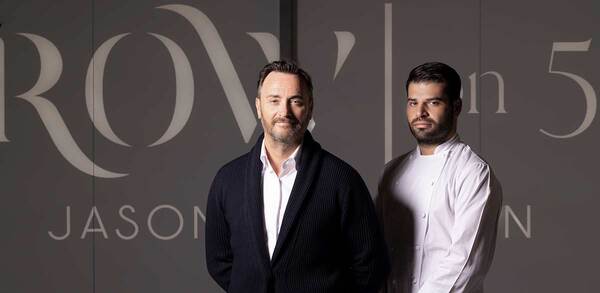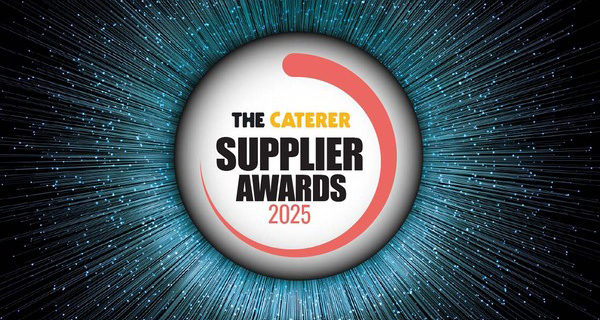Price of salmon to rise as sea lice decimate global stock
The wholesale price of salmon is set to rise by up to 50% as it is revealed that global supplies fell by 9% in 2016 following an infestation of sea lice.
Outbreaks of the parasites called Lepeophtheirus salmonis in Norway and Scotland are thought to have caused the first decline of salmon in six years.
The outbreak comes after salmon stocks had already been dramatically reduced by a toxic algae bloom in Chile at the beginning of 2016. The algae killed millions of fish, leading to a 25% decline in Chilean salmon production last year according to fish industry analysts at Norwegian bank, Nordea.
The more recent infestation of sea lice led to a 6% reduction in supply from Norway, as the top five salmon farms produced 60,000 tonnes less than expected in 2016.
According to Nordea, global supplies experienced a drop of 8.7%, to a three-year low of 2.1m tonnes.
The parasites, which are less than 1.5cm long, are spread by being blown across the surface of the water. They feed on the blood and tissue of the fish.
Farmers are now trying to control the lice by using Thermolicers which raises the temperature of the water enough to destroy the lice. However, producer Marine Harvest said it accidentally killed over 170,000 fish while using this method.
Consumer demand for salmon has risen over the last few years; since 2002 consumption has risen 12%. The hike in prices during 2017 may see consumption fall.
Salmon prices spike 16% amid shortage fears >>
Lobster could double in price if EU bans imports >>
Caterers warned to check seafood provenance as fish sold illegally >>



